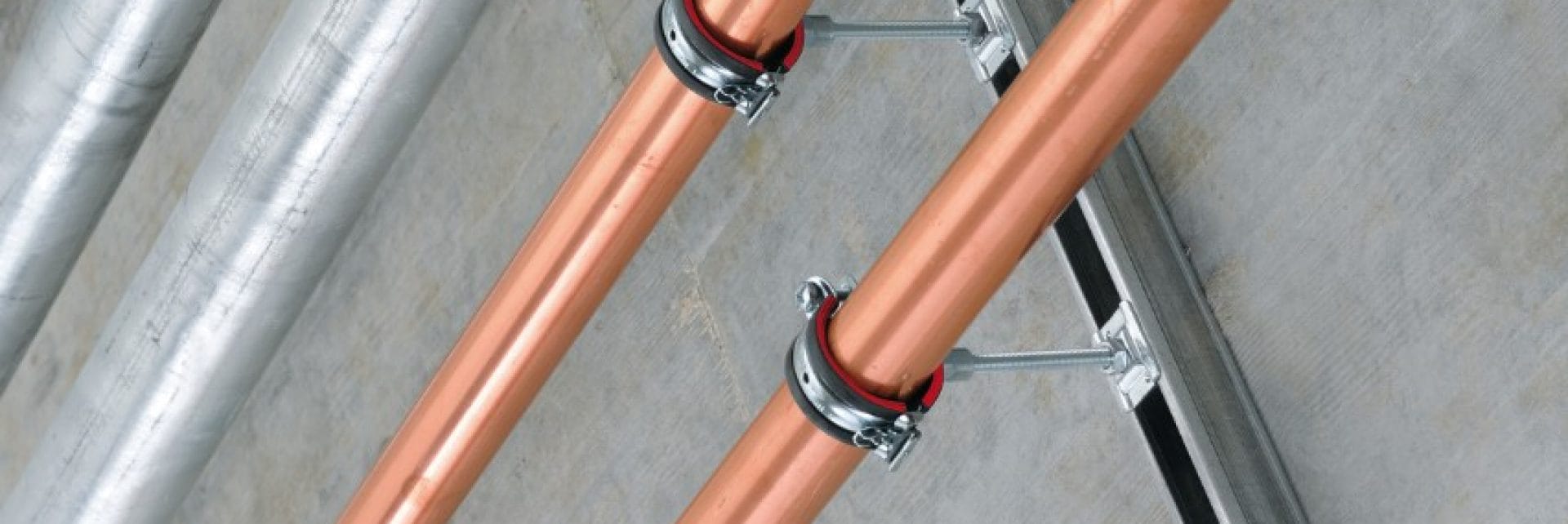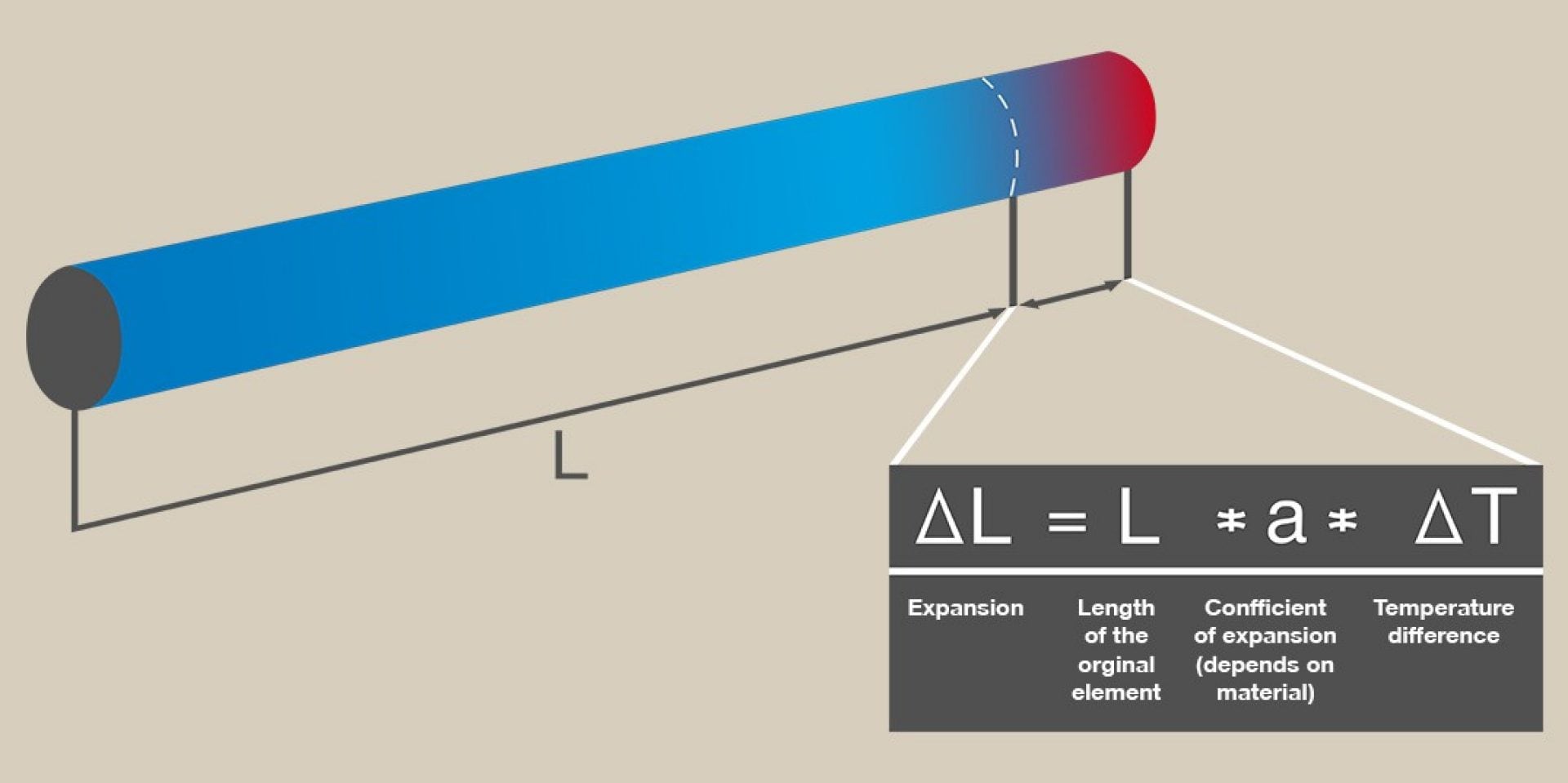HOW TO DESIGN FOR THERMAL MOVEMENT
Thermal expansion design


QUICK LINKS
Share this content


QUICK LINKS
Share this content